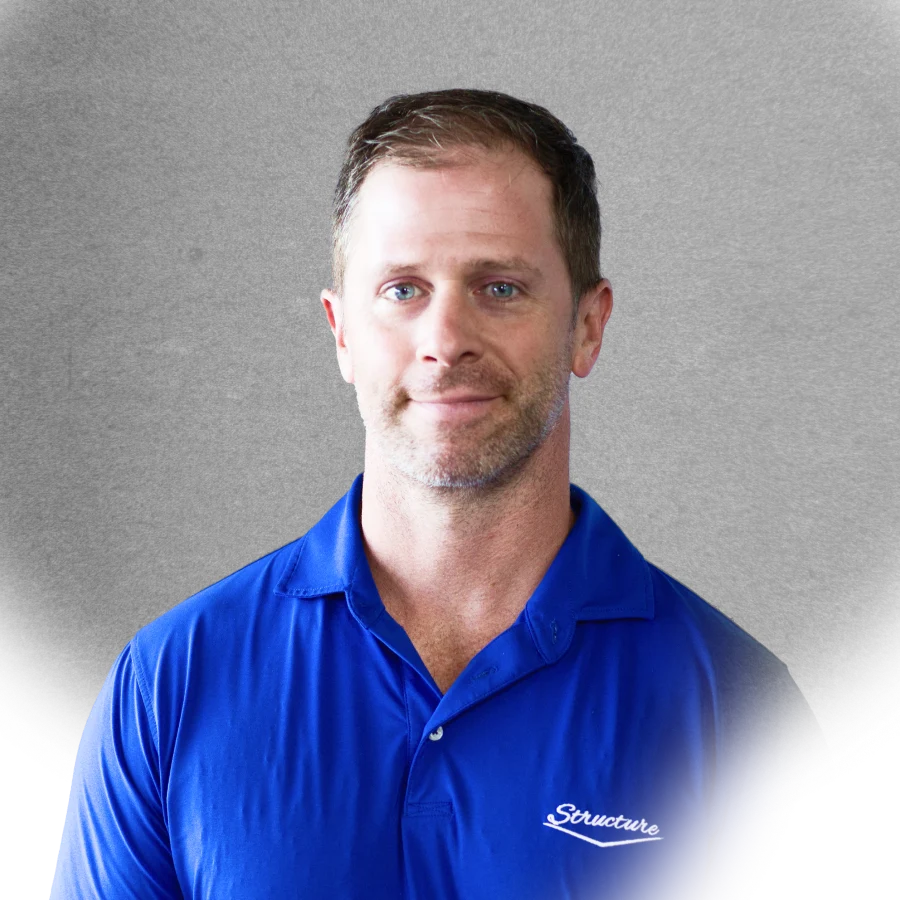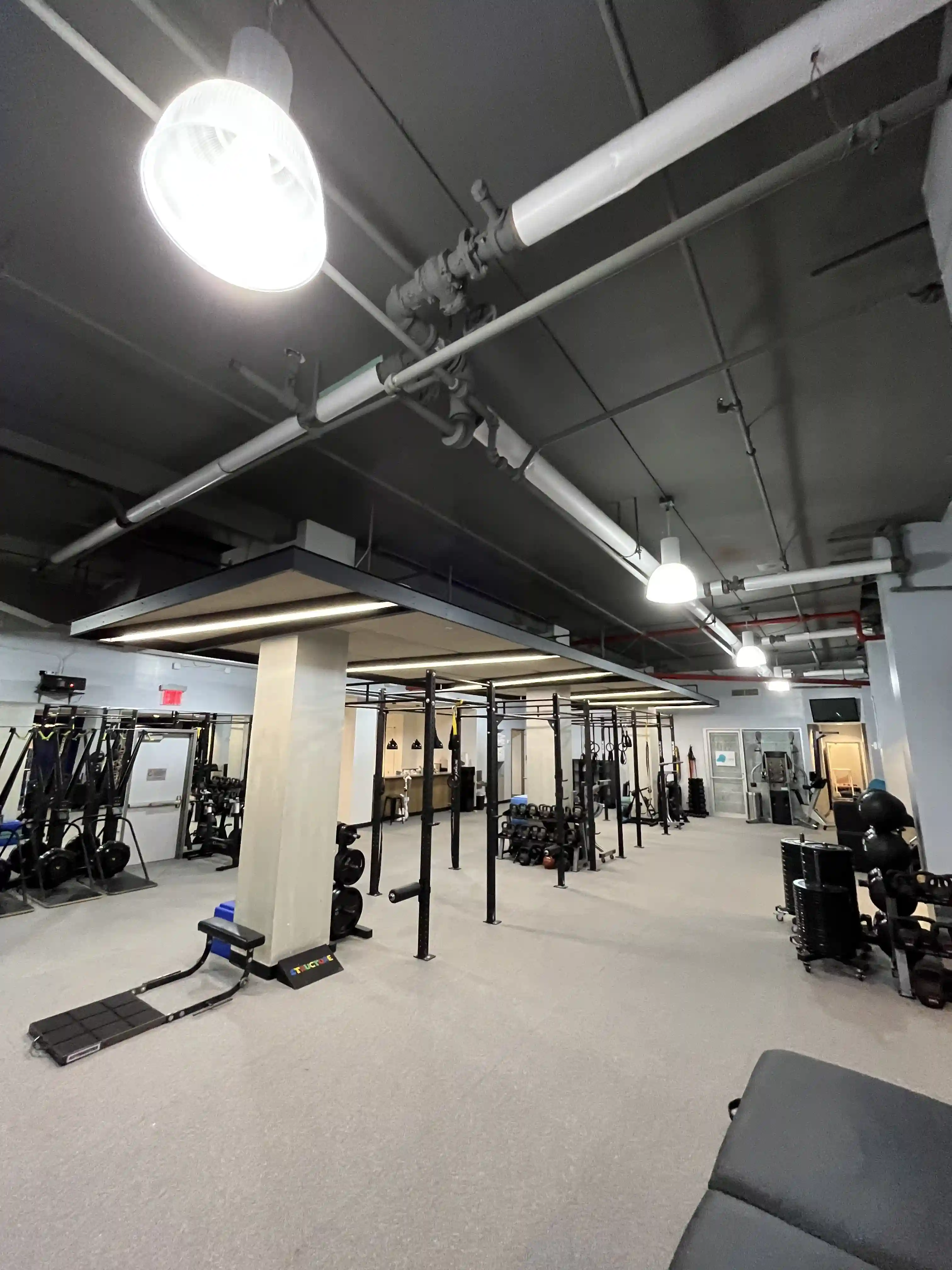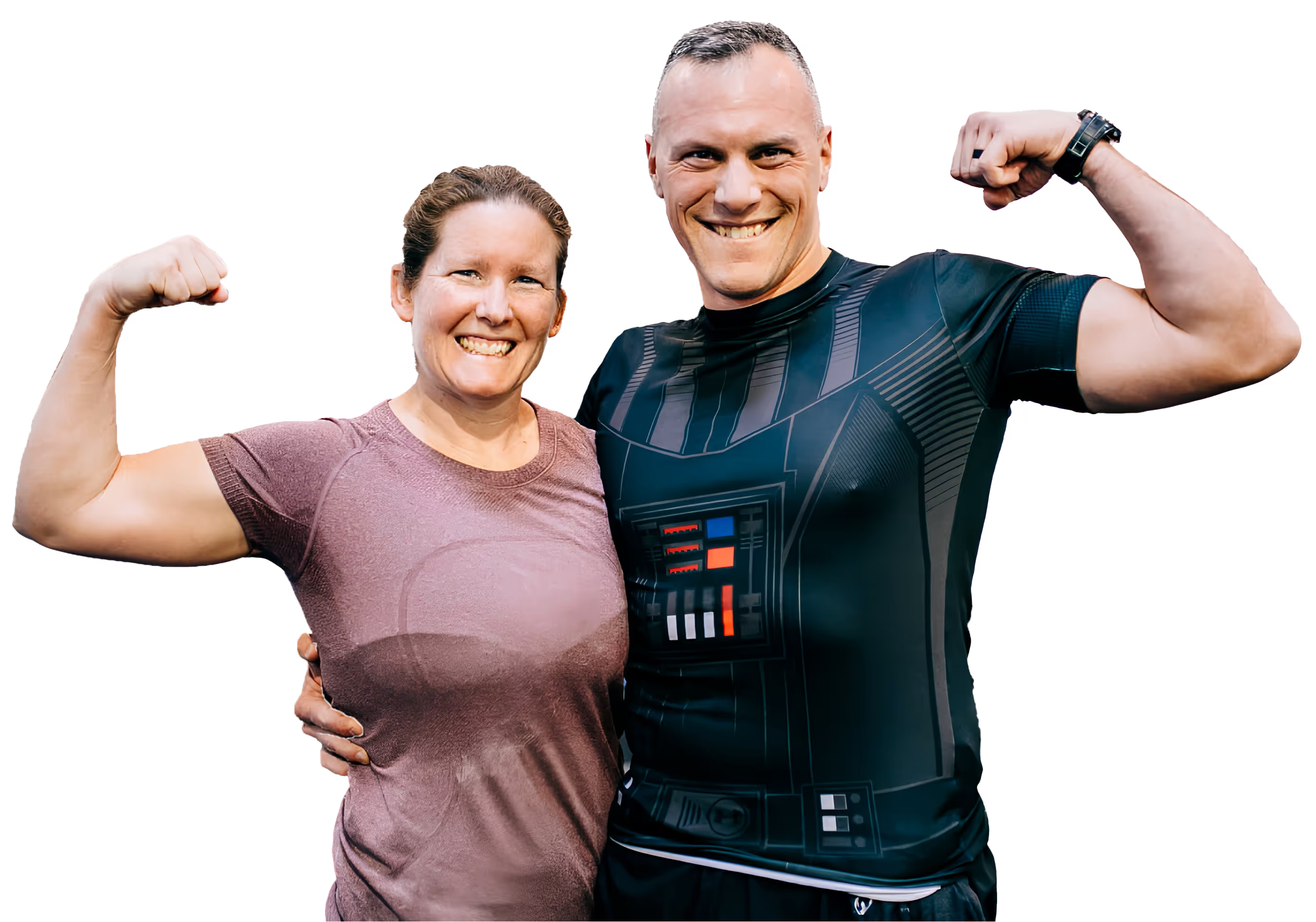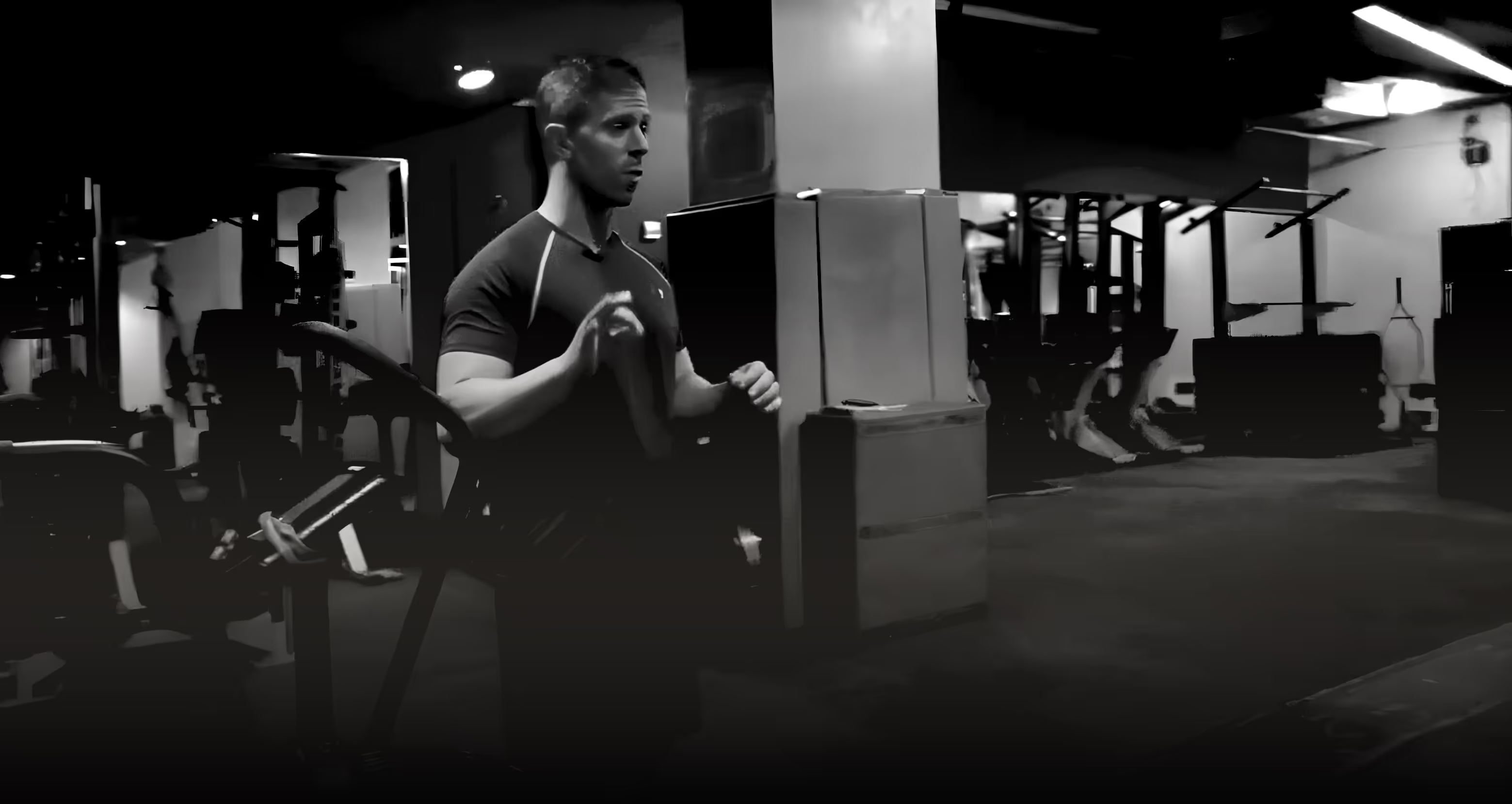
Kevin Dineen
Owner, Head Coach


Lower back pain doesn’t discriminate: it shows up in athletes, weekend warriors, and parents who just bent down to pick up a lego.
I’ve seen it firsthand - not only through my studies in sports medicine and my years training athletes at the Division 1 level, but also working with everyday people throughout my 21 year training career.
Interestingly enough, lower back pain should be considered a message instead of a symptom.
And here’s the good news: you don’t have to fear it. With the right strategies, routines, and mindset, you can move past pain and into strength.
One of my most repeated phrases is “Lower Back Pain? Please Don’t Stretch!”
That surprises people.
When pain flares, most instinctively reach for a stretch. But here’s the analogy I use:
👉 Stretching a painful back is like pulling harder on a frayed rope. You might get more length, but you’re not fixing the weak spot.
Instead, most back pain comes from:
• Tight hips (your glutes or hips aren’t firing correctly, so your back takes the load)
• Weak core control (your spine compensates for instability elsewhere)
• Poor movement habits (think sitting all day, then asking your body to sprint, swing, or deadlift)
Then you take an active population - like golfers? Exactly this point. Most golfers blame their swing or lifestyle for back pain. In reality, it’s quite simply their hips and core that aren’t pulling their weight.
In my video “5 Minute Daily Routine for Low Back Pain Relief,” I lay out an approachable series of moves you can use as a daily reset.
Think of it like brushing your teeth, but for your spine. The goal isn’t to “crush your core” or “burn calories.” It’s to:
• Get blood flowing to stiff tissues or joints
• Teach your body proper alignment
• Remind your nervous system that movement is safe
Movements include:
• Dead Bugs for core coordination
• Glute Bridges for hip activation
• Cat-Cow and advanced flows for gentle mobility and beyond
👉 If you only do one thing for your back, this could be it.
Another one of my go-to exercises: The Windmill
The windmill is about more than looking cool, it’s a bridge between flexibility and stability.
Here’s how I explain it to clients:
👉 Sing the song, “I’m a little teapot short and stout, here is my handle, pour me out.”
The windmill teaches your hips and obliques to share the load so your spine isn’t overworked.
Learning to hinge laterally is a big ingredient in the recipe for less low back pain.
Over time, it rewires your body’s “movement map,” replacing stiffness with controlled strength.
I’ve spoken about my personal rule: “Never miss twice.”
Back pain doesn’t vanish after one workout or one adjustment, but it does fade with consistency.
Whether you’re lifting weights, rehabbing, or simply walking, the body thrives on regular reminders of how it’s supposed to move.
👉 Miss a session? No big deal. But don’t let it become a trend. The nervous system loves patterns. Consistency beats intensity every single time.
This part is personal for me. In my first year living in New York City, I suffered a low back injury and was told I would never squat or deadlift again.
Fear, of health, of finances, of pain itself, was everywhere.
Pain is scary, yes. But pain is also feedback. It’s your body’s way of saying:
“Something needs attention. Let’s adjust.”
👉 Instead of fearing pain, use it as data.
• Sharp, shooting pain? Stop and assess.
• Dull, nagging ache? That’s often weakness or stiffness.
• Relief after movement? That’s your green light, you’re on the right track.
This theme is designed to shift that mindset: you’re not broken, but rather, you’re in training.
Here’s how I recommend structuring your week (with videos):
Daily (5–10 min):
• 5-Minute Routine
• Cat-Cow or gentle spinal mobility
2–3x per week:
• Windmills + hip-dominant lifts (glute bridges, hip thrusts, RDL’s)
• Core stability drills (planks, bird dogs, various dead bugs)
1–2x per week:
• Strength training session (squats, presses, rows—scaled to ability)
• Finish with mobility resets or flows
Mindset practice:
• Apply the “never miss twice” rule (Instagram Reel)
• Track progress (each workout), not perfection
Lower back pain doesn’t have to control your story.
By approaching it with knowledge, patience, and consistency, you can move freely again, and stronger than before.
I’ve built my YouTube and Instagram as free resources for exactly this reason. If you’re ready to stop fearing your back and start owning your movement, dive in:
📺 YouTube: Coach Kev Dineen
📸 Instagram: @coachkevdineen
Stay informed with actionable advice and in-depth analysis across our latest blogs.

Take the first step towards a healthier and balanced life. Book your Intro Session with Structure PF and together let’s craft a personalized fitness plan for you. Join our supportive and motivating community today!




